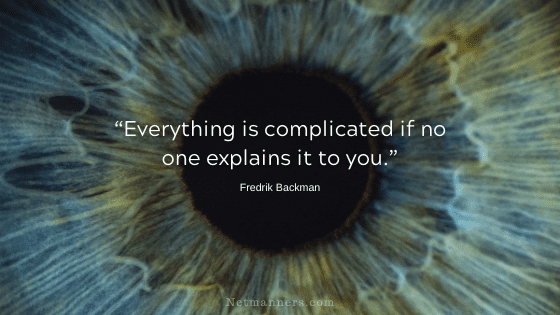Tips to Avoid Sending Spammy Email

We all hate spam and get way too much of it, agreed? However, it is essential to realize that if your email is “spammy,” you risk your email not getting through to the intended party. And not read.
There are a few factors at play here.
Bounce-backs Tell You Why
Have you had your emails bounce back? Unfortunately, most automatically assume their email server is not operating correctly or “something is broken.”
But, surprisingly, their emails are blocked because they are spammy. So make a point always to review those bounce-back messages as they state the reason for being returned.
To avoid your emails from being incorrectly identified as spam, you need to be aware of several things. From my experience, legitimate email makes it into my Spam/Junk/Trash every day due to the sender doing or not doing certain things that trigger spam filters.
Then again, emails I am expecting or emails that I send are mistaken for spam or junk for no apparent reason. Gmail is known for false positives. At least that I can determine.
I’m not doing anything different, and I’m sending to contacts I communicate with regularly. However, it is essential to always check your Spam/Junk/Trash folders before deleting them. You also want to whitelist any addresses you want to make sure get through.
ISPs, networks, and spam filters have a constantly evolving list of criteria used to judge email “spam scores” to determine what email gets through or not. High spam score; your email bounces back, is rejected or even deleted.
Here is a simple checklist that you can use to help your emails not be mistakenly marked as spam. Or worse, deleted because they land in a spam folder before they are read.
Don’t Be Spammy Checklist
Follow these guidelines to give your email the best chance to make it to its intended party.
Spam, Junk, Trash
What’s the difference between your Spam, Junk, or Trash folders? Depends on your software. I use PostBox (I can’t live without it) and have all three. Trash is for emails that I delete. Junk is for the emails PostBox identifies as spam. Spam is the folder my email provider specifies as spam.
I always check my Spam and Junk folders for emails incorrectly marked as spam or junk. PostBox allows me to mark it as “not junk” so that doesn’t happen again.
The takeaway? Don’t be spammy.
Besides all the filtering going on, users delete emails they don’t recognize all the time. I know I do it. They glance and hit delete because the email appears to be spam. Don’t let that happen to your emails.
One last tip. If you believe that your emails are increasingly being marked as spam, you can check for any potential issues with your domain here.
Keeping the above issues in mind increases the chances of your day-to-day communications getting to the intended person on the other side.






